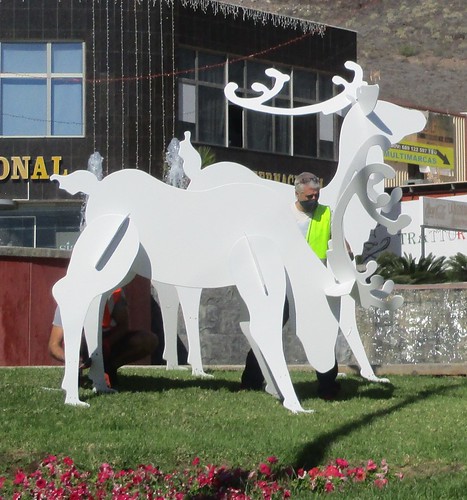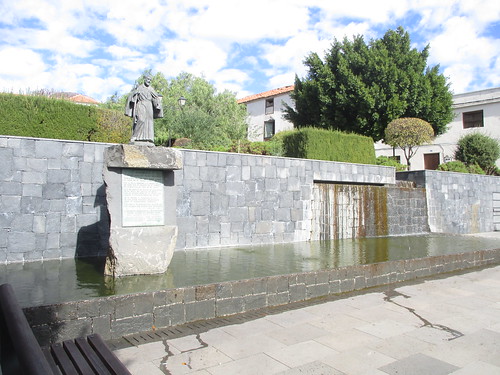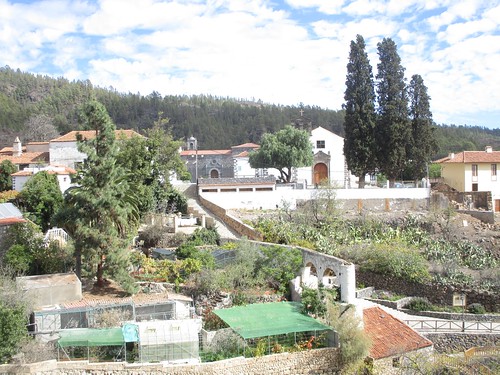
Smart, practical, and oh so stylish, traditional Canarian costumes are usually twirling to the music in celebration of fiestas. You can get a closer view and a taste of the history that surrounds them in the heart of Arona town at the Casa La Bodega winery. Just 10 kms uphill from beaches and night life, the past imprints itself proudly among buildings and fields that tell many a tale.


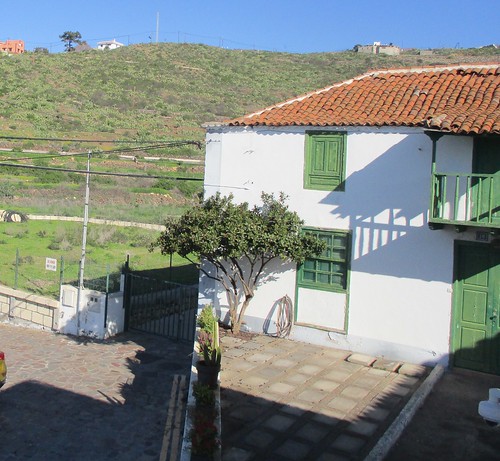

The church of San Antonio Abad held court in the plaza on a clear morning as I stepped off a Titsa bus from Los Cristianos. An ancient meets modern mural greeted me as it wrapped around the main street corner. To the west of the plaza, several walking routes attract many energetic disciples, but to the east a slight incline led to the old white and green winery, now converted to a time capsule of rural treasures.


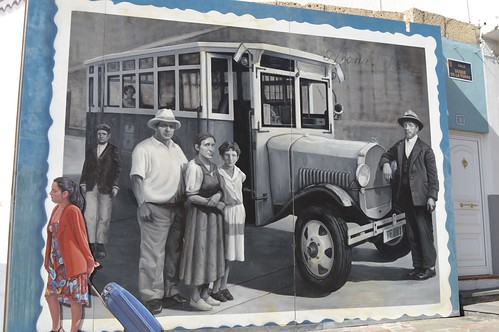

The costumes were the latest stars. Lace up waist coats, hats, and neck coverings caught the eye. The footwear was elegant and sturdy, perfect to tap out an infectious beat. Even the under garments got a rare showing. The Prendas, Trajes, and Tipismo exhibition runs to Friday 12 February, Mondays and Weddnesdays 8 am to 6.30 pm, Tuesday, Thursday and Friday 8 am to 4 pm, and closed Saturday and Sunday. Entry to the Casa is free and other long term exhibits include, roseta needlework, Guanche rock carvings, and the history of famous Arona people and landmarks.

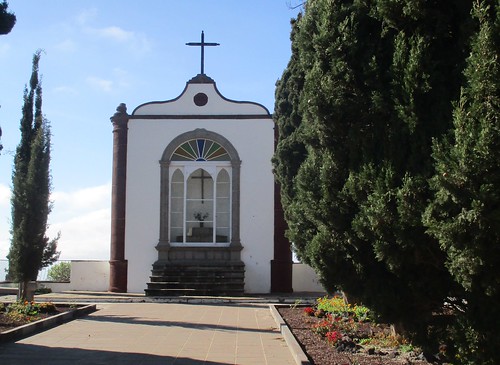
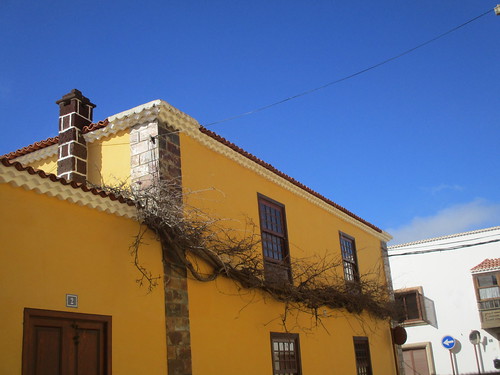

It all fired up my admiration of Arona, so I took in some more key sites like the El Calvario, where religious crosses are gathered together, the old casino, and plenty of buildings full of character. Add in some enticing cafes and bars. plus the views down to the coast and it all makes good reasons to make a visit at any time of year.











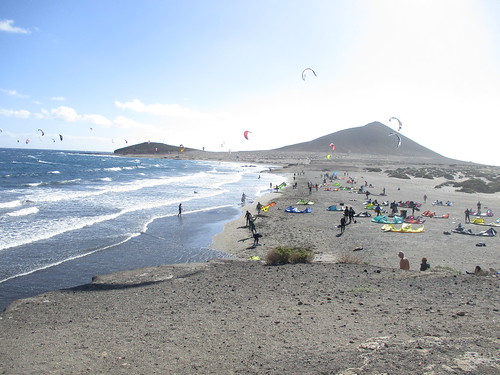




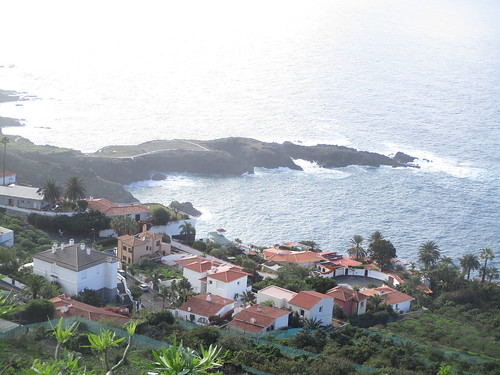












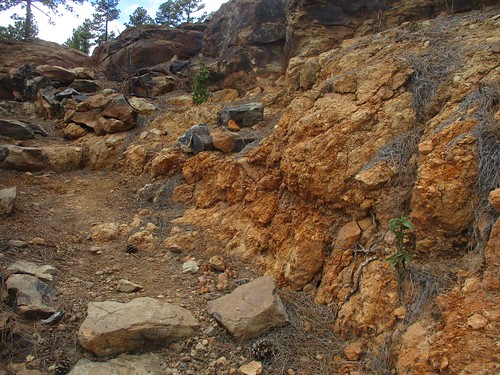



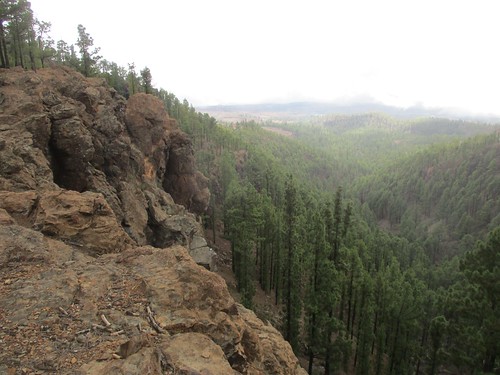

























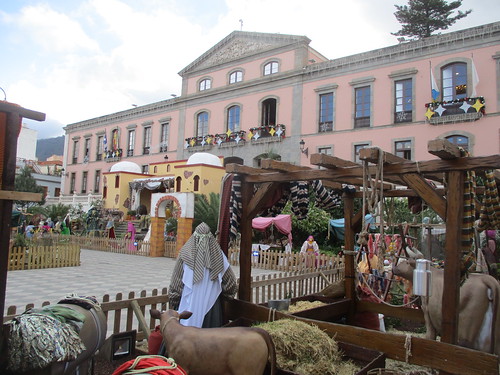




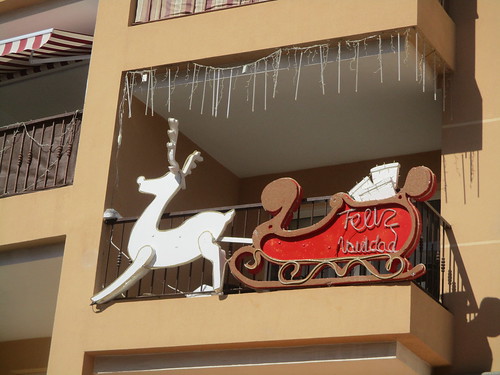
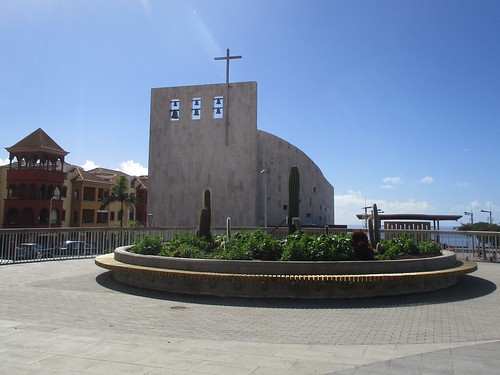 Two large tiered car parks have opened up the town centre and rather than treat them as modern intruders, they have become miradors with plants and flora encouraging people to enjoy the panoramic views. A nod of mutual appreciation from the modern Los Olivos church showed how to blend tradition and style. I felt my feet being lured towards the roundabout where some festive visitors were settling in, A plump snowmanmay have eaten all the mince pies, I couldn´t see any crumbs on his rather smart red scarf.
Two large tiered car parks have opened up the town centre and rather than treat them as modern intruders, they have become miradors with plants and flora encouraging people to enjoy the panoramic views. A nod of mutual appreciation from the modern Los Olivos church showed how to blend tradition and style. I felt my feet being lured towards the roundabout where some festive visitors were settling in, A plump snowmanmay have eaten all the mince pies, I couldn´t see any crumbs on his rather smart red scarf.

